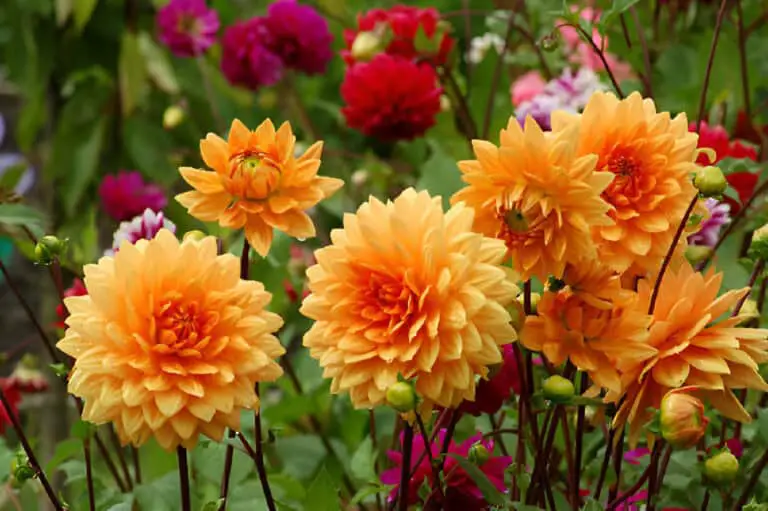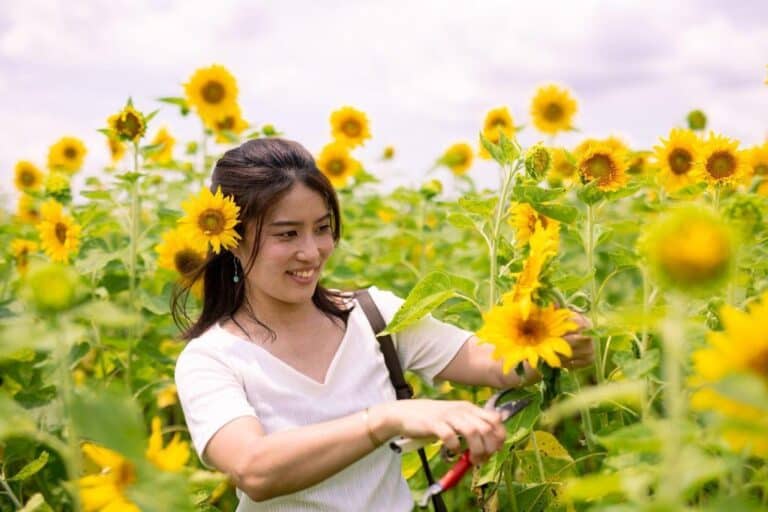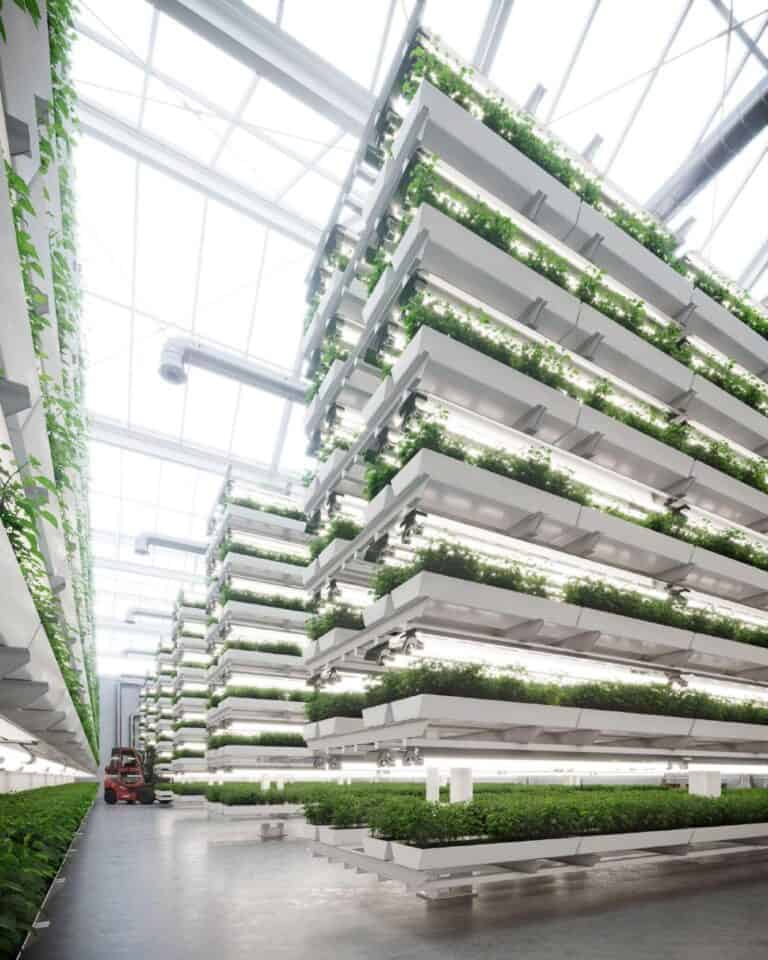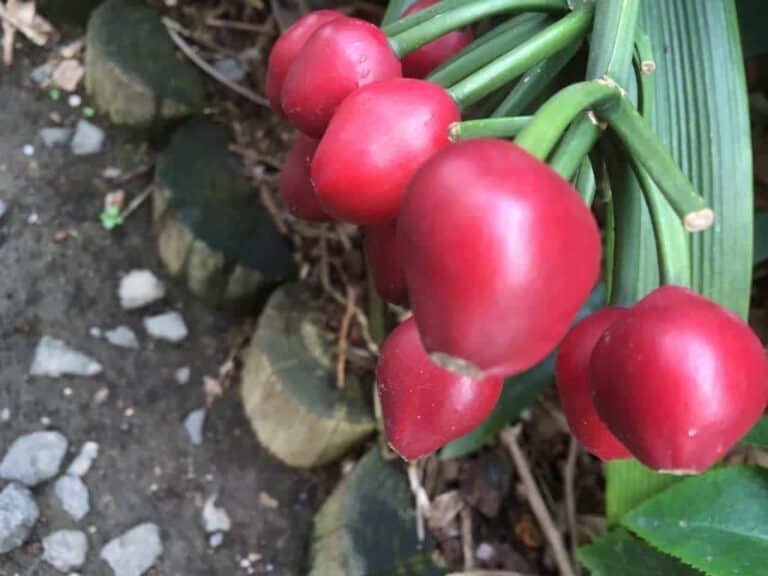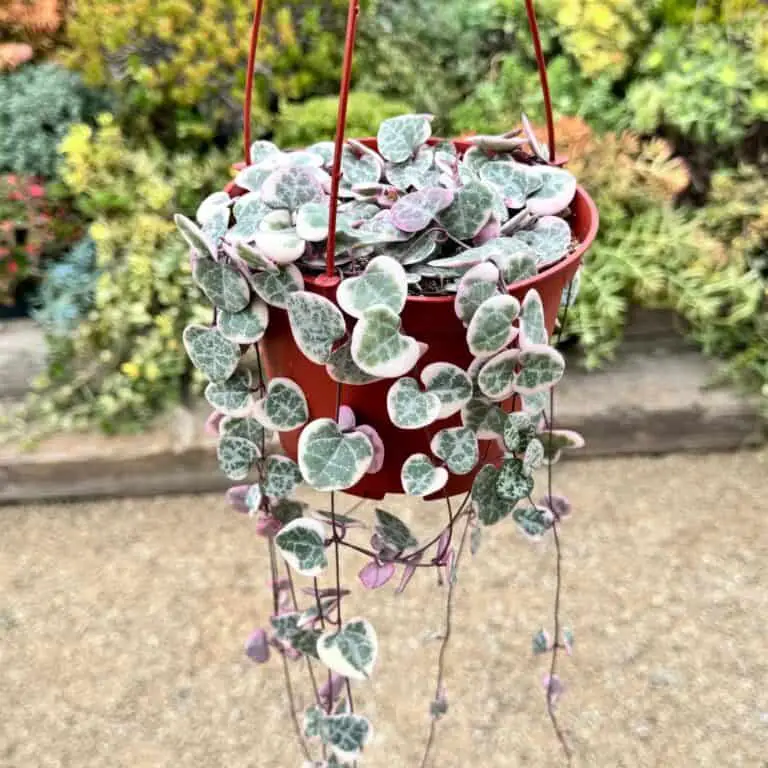Can Daffodils Bloom in Warm Climates? Your Ultimate Guide to Success
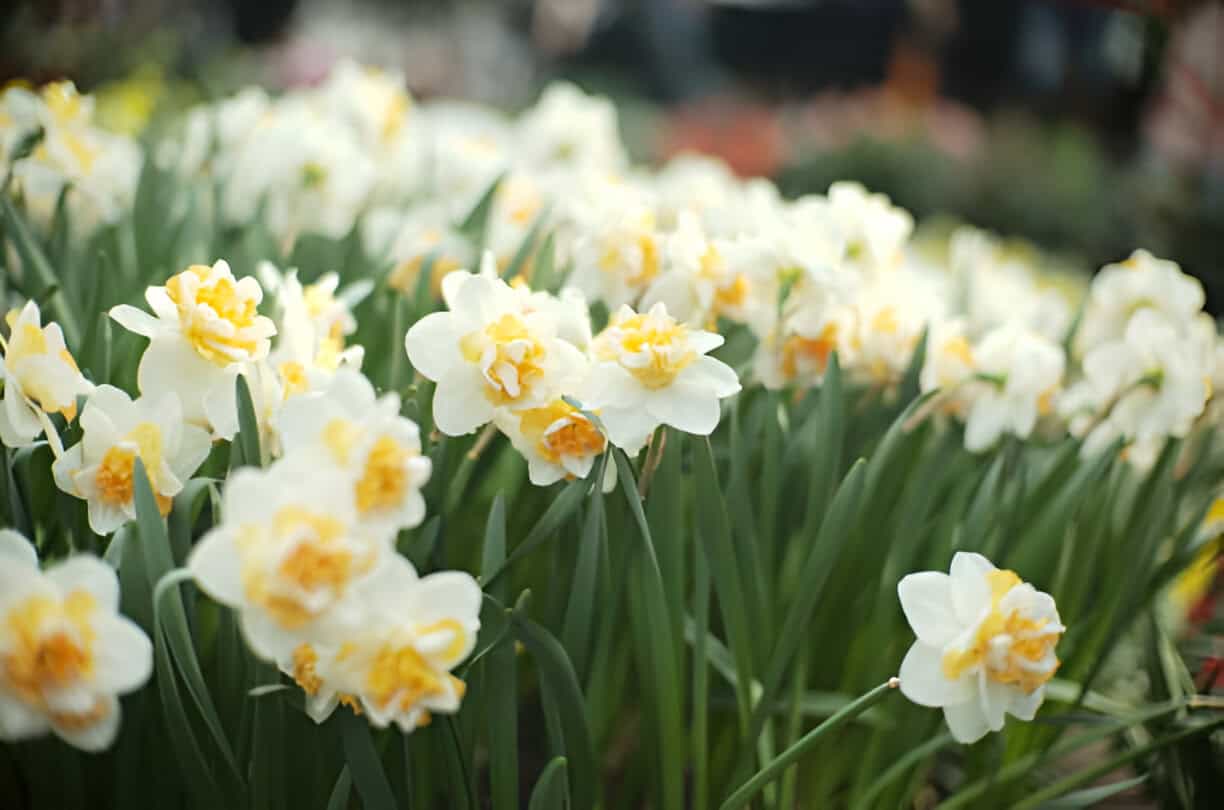
When you think of daffodils, you probably picture rolling fields of golden blooms swaying in a crisp spring breeze. But if you live in a warm climate, you might have wondered: Can daffodils really thrive here? The short answer? Yes—but not without a little extra effort.
I’ve been down this road myself, and let me tell you, coaxing these cheerful flowers to bloom in a place where winters barely make an appearance takes a bit of finesse. But don’t worry—I’ve cracked the code, and I’m sharing it all with you.
Understanding What Daffodils Need
Daffodils (Narcissus) are hardy, but they’re also creatures of habit. They need a period of cold dormancy—usually winter temperatures below 50°F—to trigger flowering. In cooler climates, nature takes care of this process. But in warm regions, where winter is more of a suggestion than a season, daffodils struggle to get the signal that it’s time to bloom.
Key Requirements for Daffodils
| Factor | Ideal Condition |
| Temperature | 35-50°F for at least 8-12 weeks (for dormancy) |
| Sunlight | Full sun to partial shade |
| Soil | Well-draining, slightly acidic to neutral (pH 6.0-7.0) |
| Watering | Moderate; avoid waterlogged soil |
| Chilling Period | Necessary in warm climates (artificial or natural) |
Choosing the Right Daffodil Varieties for Warm Climates
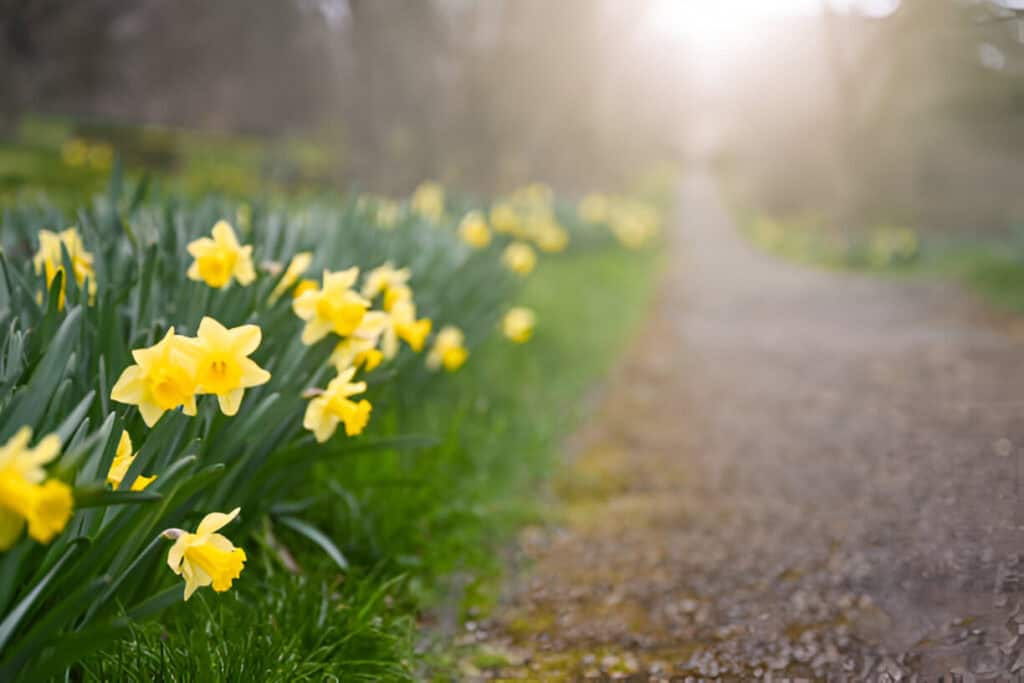
Not all daffodils struggle in warm weather. Some varieties handle the heat better than others. If you’re gardening in USDA zones 8-10, these heat-tolerant daffodils will give you the best shot at success:
Best Daffodils for Warm Climates:
- ‘Carlton’ – A reliable bloomer with bright yellow petals.
- ‘Erlicheer’ – A fragrant double daffodil that thrives in milder winters.
- ‘Grand Primo’ – A heat-resistant variety that’s a favorite in the South.
- ‘Jonquil’ Types – Smaller, multi-blooming, and naturally more heat-tolerant.
- ‘Texas Star’ – Perfectly suited for southern gardens.
How to Grow Daffodils in Warm Climates
1. Pre-Chill Your Bulbs
If your winters don’t dip below 50°F consistently, you’ll need to trick your daffodil bulbs into thinking they’ve gone through a proper winter. Here’s how:
- Place bulbs in a paper bag and store them in the refrigerator for 8-12 weeks before planting.
- Keep them away from fruits like apples and bananas—these release ethylene gas, which can ruin the bulbs.
2. Time Your Planting Correctly
Plant daffodils in the fall, around late October to early December, after pre-chilling. Warm-climate gardeners should aim for cooler soil temperatures, so waiting until nighttime temps are consistently below 60°F is a good rule of thumb.
3. Choose the Right Planting Location
Daffodils love full sun, but in hot climates, they appreciate a little afternoon shade. Find a spot where they get at least 6 hours of morning sunlight but protection from the brutal afternoon rays.
4. Improve Your Soil
Daffodils hate soggy roots, so well-draining soil is a must. If your soil leans toward clay, mix in sand, compost, or peat moss to improve drainage.
5. Fertilize appropriately
Daffodils benefit from a balanced fertilizer applied in early spring, just as they begin to emerge from the ground. Use a slow-release fertilizer or a liquid fertilizer diluted according to the package instructions. Avoid over-fertilizing, as this can lead to lush foliage but fewer blooms.
6. Water Wisely
- Water immediately after planting to help roots establish.
- Once growth starts, keep the soil evenly moist but never waterlogged.
- After flowering, let the foliage die back naturally. This process helps the bulbs store energy for the next season.
7. Post-Bloom Care
After daffodils finish blooming, resist the urge to cut back the foliage. Let the leaves turn yellow and wither naturally—this process is crucial for the bulb to gather energy for the next year.
8. Mulch for Insulation
Mulching with pine needles, bark, or straw helps keep the soil cool and retains moisture. This extra layer of insulation can make a big difference in warmer climates.
Pests That Affect Daffodils in Warm Climates
Daffodils are generally hardy, but warm climates create the perfect conditions for pests to thrive. The most common culprits include aphids, bulb mites, and nematodes. Aphids suck the sap from leaves, causing yellowing and stunted growth, while bulb mites attack the bulbs, leading to rot. Nematodes, microscopic worms, invade the plant tissue, weakening the daffodil from the inside out.
Pest Control: Organic vs. Chemical Solutions
A combination of organic and chemical treatments can keep your daffodils pest-free. Here’s a quick breakdown:
| Pest | Organic Solution | Chemical Solution |
| Aphids | Neem oil, ladybugs | Insecticidal soap |
| Bulb Mites | Remove infected bulbs, plant resistant varieties | Miticides |
| Nematodes | Solarizing soil, rotating crops | Nematicides |
Preventative Measures
To reduce the risk of infestations, plant daffodils in well-draining soil and avoid overcrowding. Remove debris around the plants to prevent pests from hiding. Regularly inspect foliage for early signs of trouble, and use mulch to create a barrier against soil-dwelling insects. Keeping daffodils healthy ensures they bloom beautifully despite the challenges of a warm climate.
Common Problems and How to Fix Them
Even with the best care, warm-climate daffodil growing isn’t always smooth sailing. Here’s how to tackle the most common issues:
| Problem | Cause | Solution |
| No blooms | Insufficient chilling | Pre-chill bulbs before planting |
| Yellow leaves before blooming | Overwatering or poor drainage | Improve soil drainage, reduce watering |
| Small or weak flowers | Lack of nutrients | Fertilize with balanced bulb food after flowering |
| Bulbs rotting | Waterlogged soil | Ensure well-draining soil, avoid overwatering |
Can You Grow Daffodils in Pots in Warm Climates?
Absolutely! In fact, growing in containers can make it even easier to control their environment. Here’s how:
- Use a deep pot (at least 12 inches) to allow proper root development.
- Pre-chill bulbs before planting them in pots.
- Place containers in a cool spot if your outdoor temperatures are too high.
- Water consistently but ensure proper drainage.
Potted daffodils also give you the flexibility to move them into the shade once temperatures start rising.
Final Thoughts: Yes, Daffodils Can Bloom in Warm Climates!
While daffodils prefer a traditional winter chill, you can still enjoy their bright, cheerful blooms in a warm climate with the right care. Pre-chilling bulbs, choosing heat-tolerant varieties, and planting them in well-drained soil can set you up for success. Whether you grow them in the ground or in pots, these golden trumpets of spring can be part of your garden—even if snow never touches your soil.
So go ahead, plant those daffodil bulbs! With a little planning and patience, you’ll be rewarded with a vibrant spring display that proves daffodils can thrive—even when winter forgets to show up.

